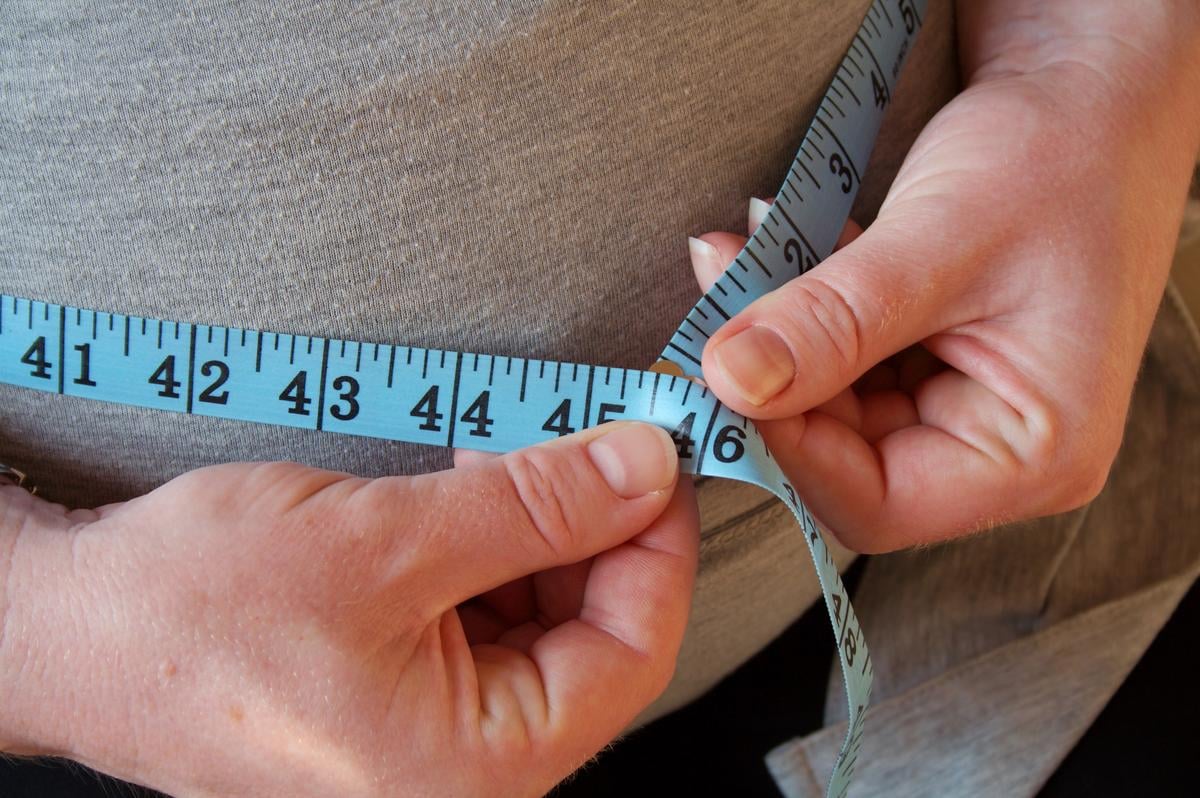Those with late versus intermediate chronotype also have higher BMI, larger waist circumference, more visceral fat and liver fat
By Elana Gotkine HealthDay Reporter
WEDNESDAY, Sept. 11, 2024 (HealthDay News) — People with a late chronotype have an increased risk for type 2 diabetes (T2D) and have higher body mass index (BMI) and larger waist circumference, according to a study presented at the annual meeting of the European Association for the Study of Diabetes, held from Sept. 9 to 13 in Madrid.
Jeroen H.P. van der Velde, Ph.D., from Leiden University Medical Center in the Netherlands, and colleagues calculated the mid-point of sleep (MPS) and defined three chronotypes: late, intermediate, and early (MPS ≥4.00, 2.30 to 4.00, and <2.30) and examined their association with BMI, waist circumference, visceral fat, liver fat, and the risk for T2D in the Netherlands Epidemiology of Obesity study.
A total of 5,026 participants were analyzed in the study; 20 percent had a late chronotype. The researchers found that 225 participants were diagnosed with T2D during a median follow-up of 6.6 years. Participants with a late versus an intermediate chronotype had an increased risk for T2D (hazard ratio, 1.46). Those with a late chronotype also had 0.7 g/m2 higher BMI, 1.9 cm larger waist circumference, 7 cm2 more visceral fat, and 14 percent more liver fat.
“People with a late chronotype appear to be at greater risk of developing type 2 diabetes compared to those with intermediate chronotype, possibly because of higher body fat including more visceral fat and liver fat,” van der Velde said in a statement.
Copyright © 2024 HealthDay. All rights reserved.








